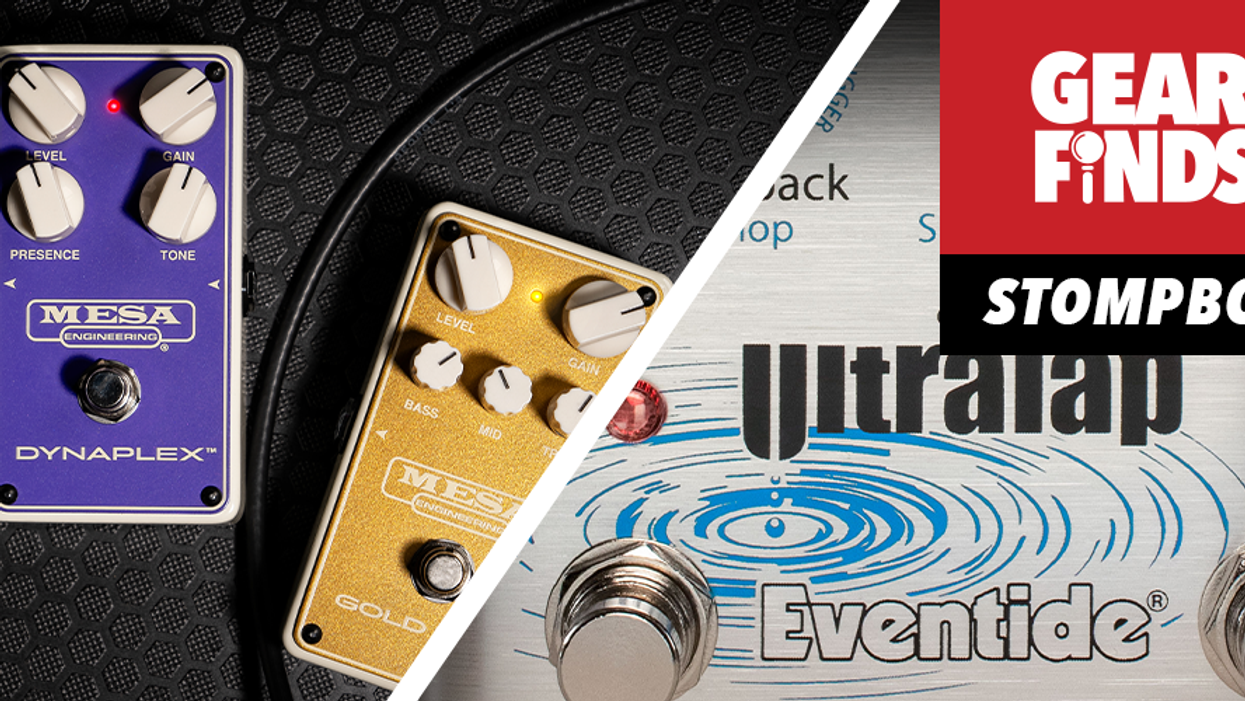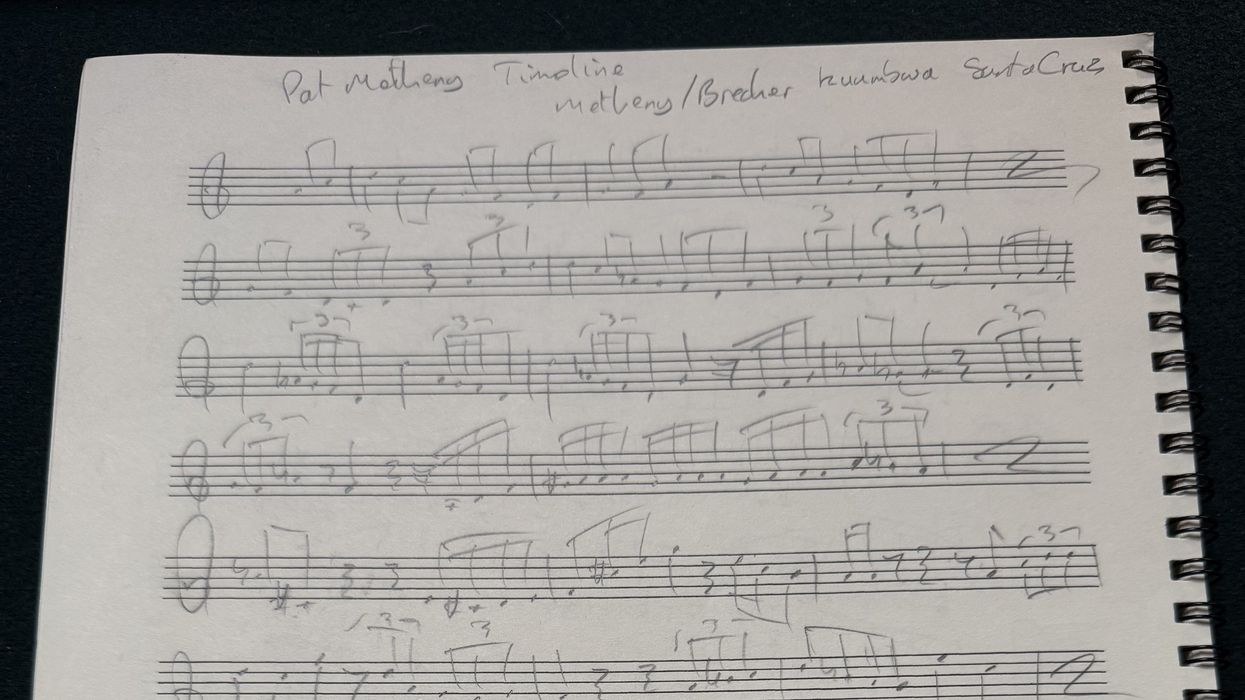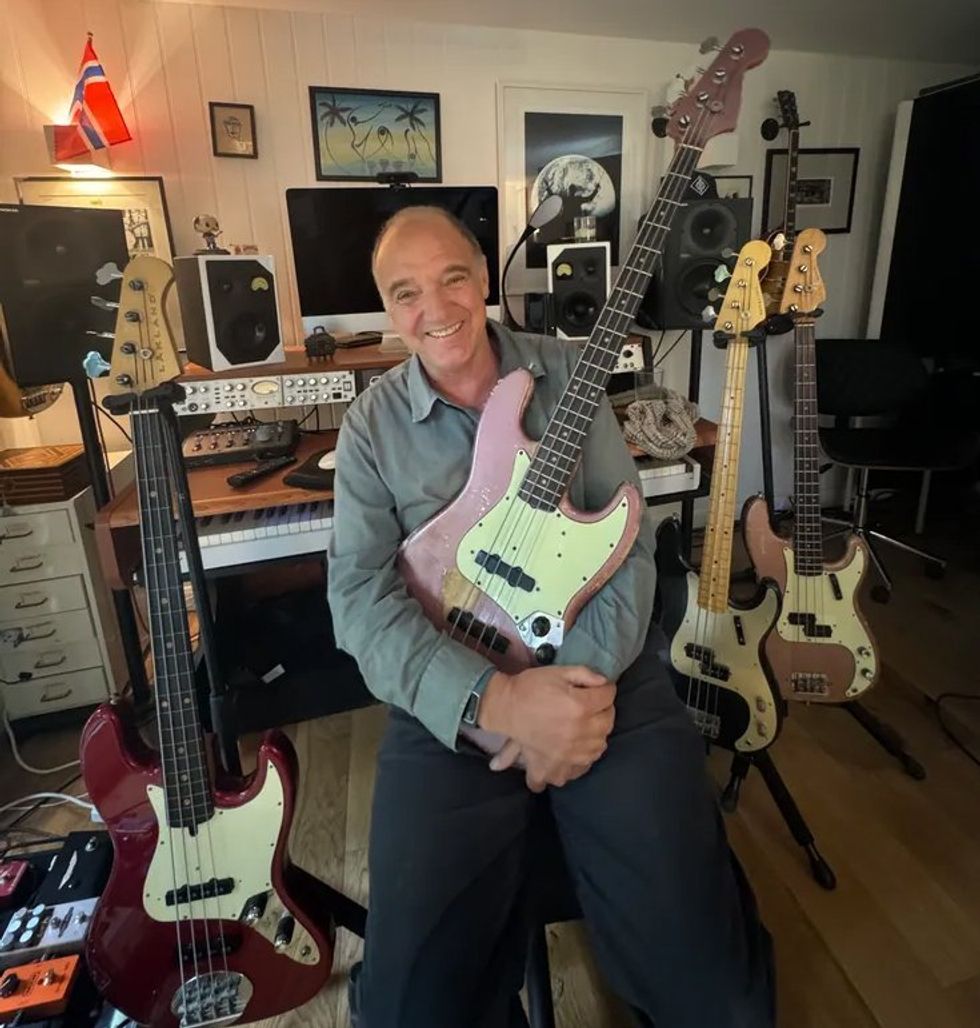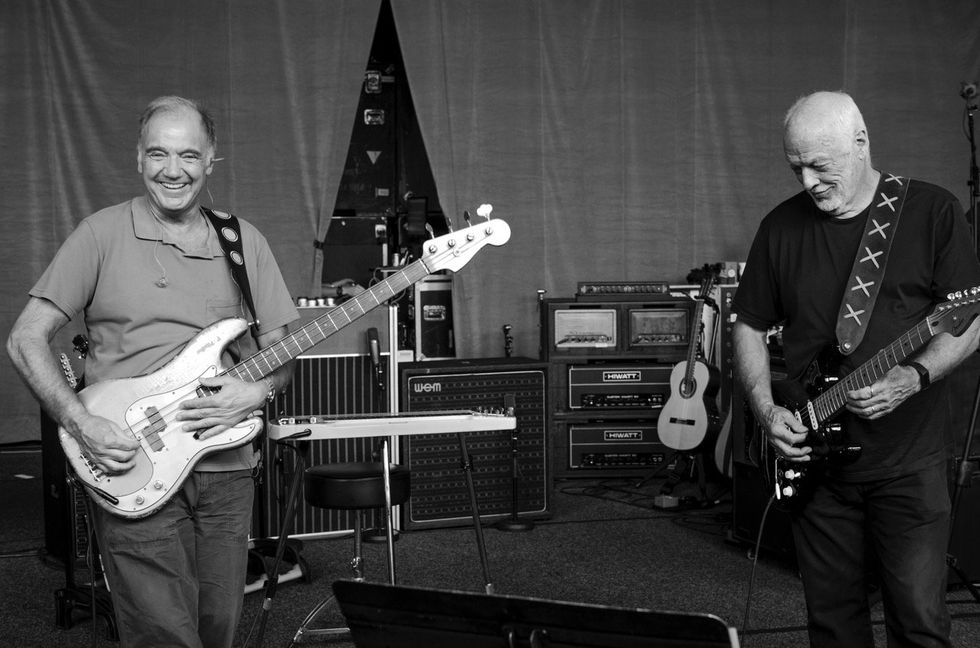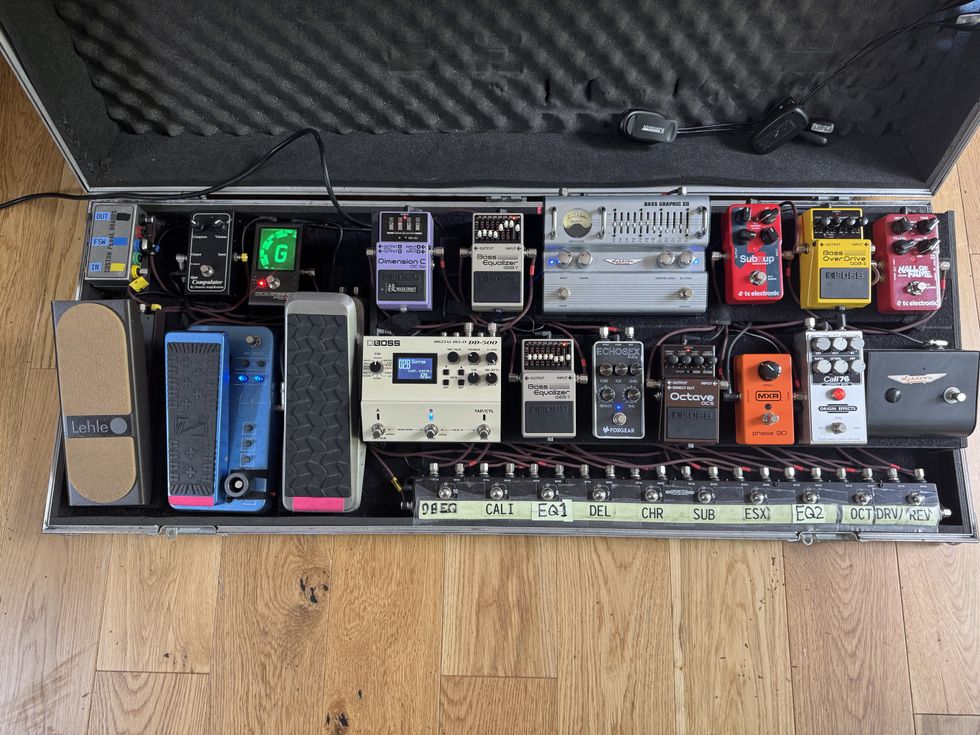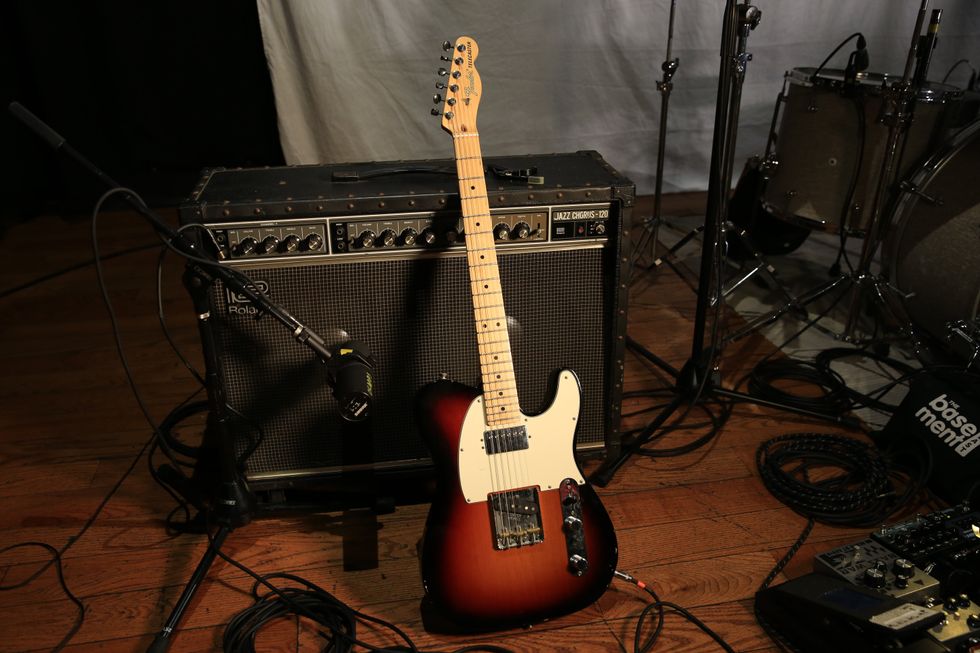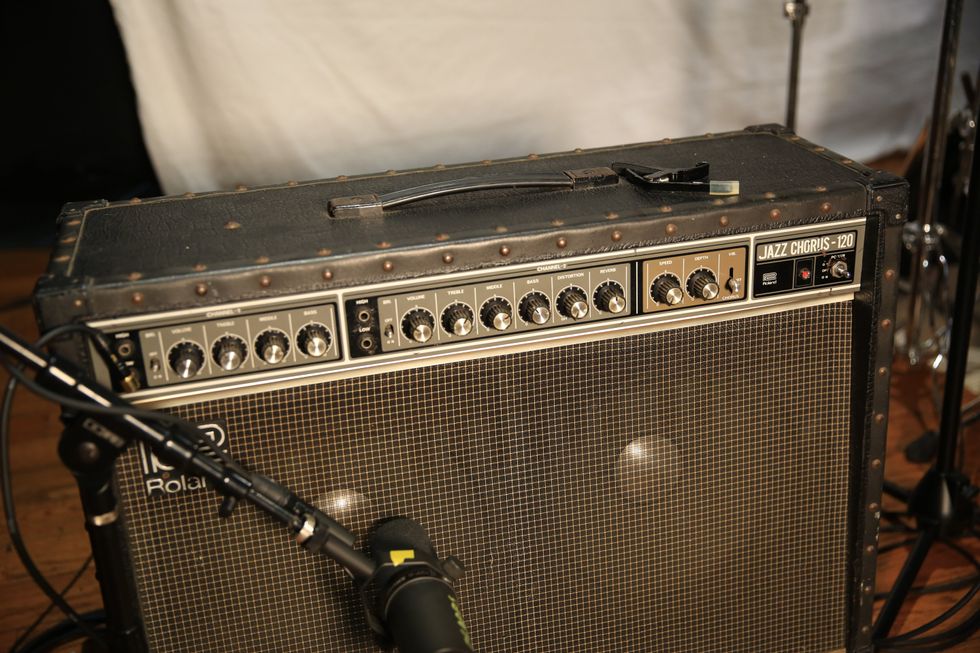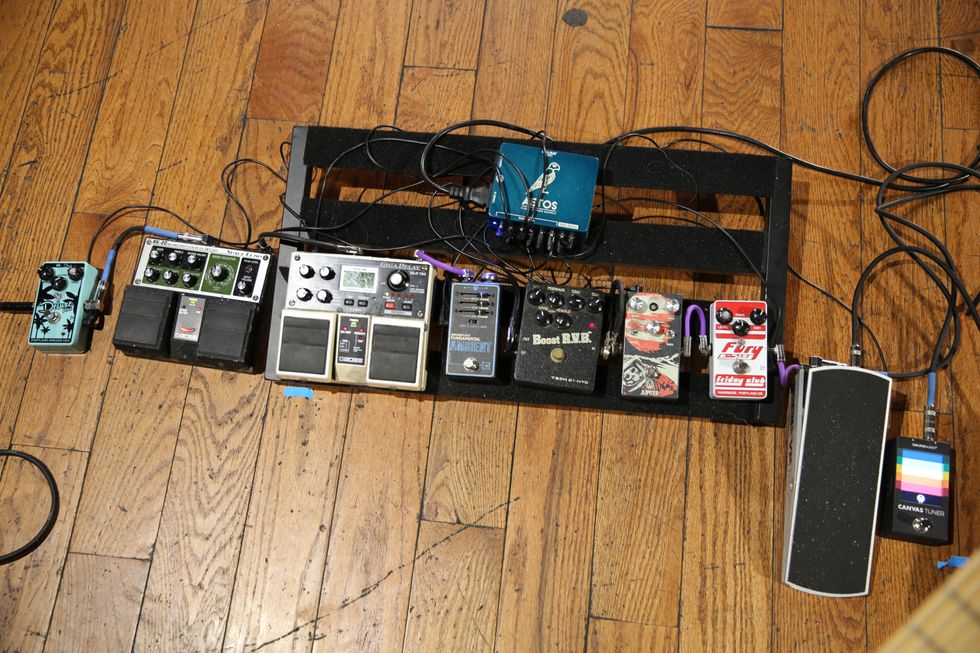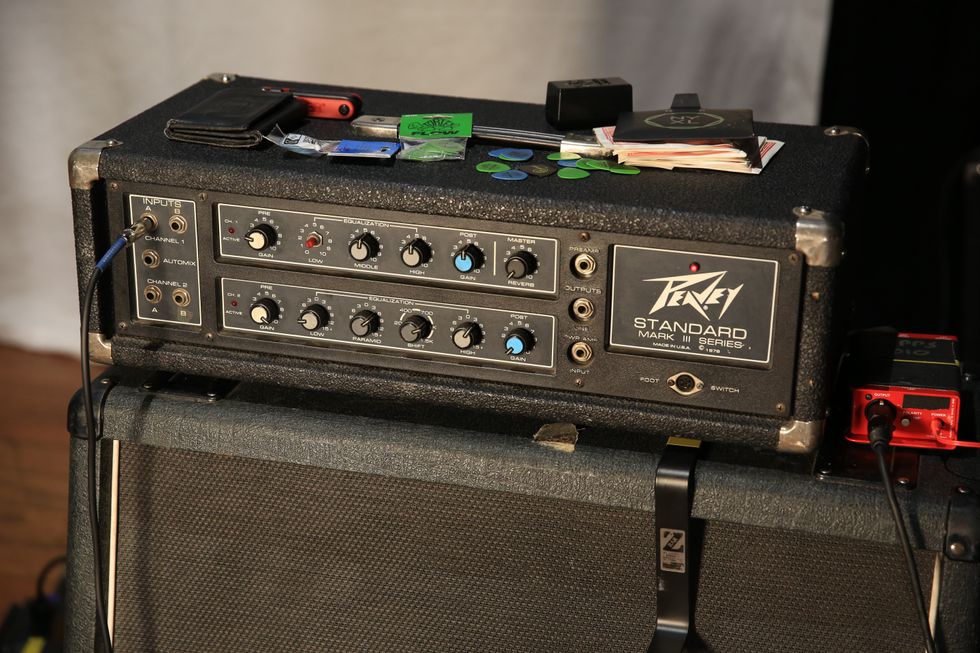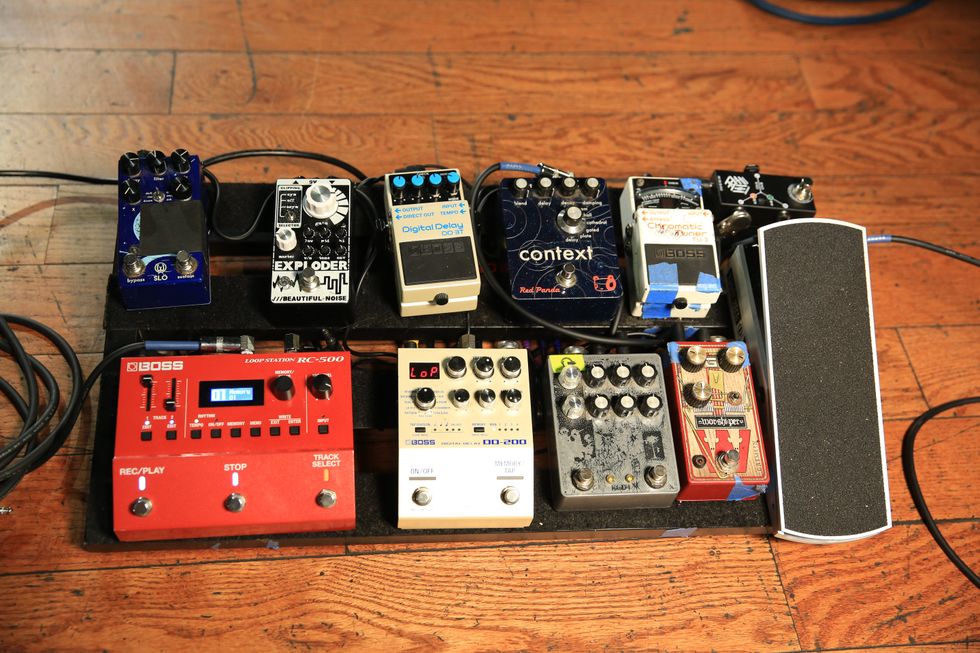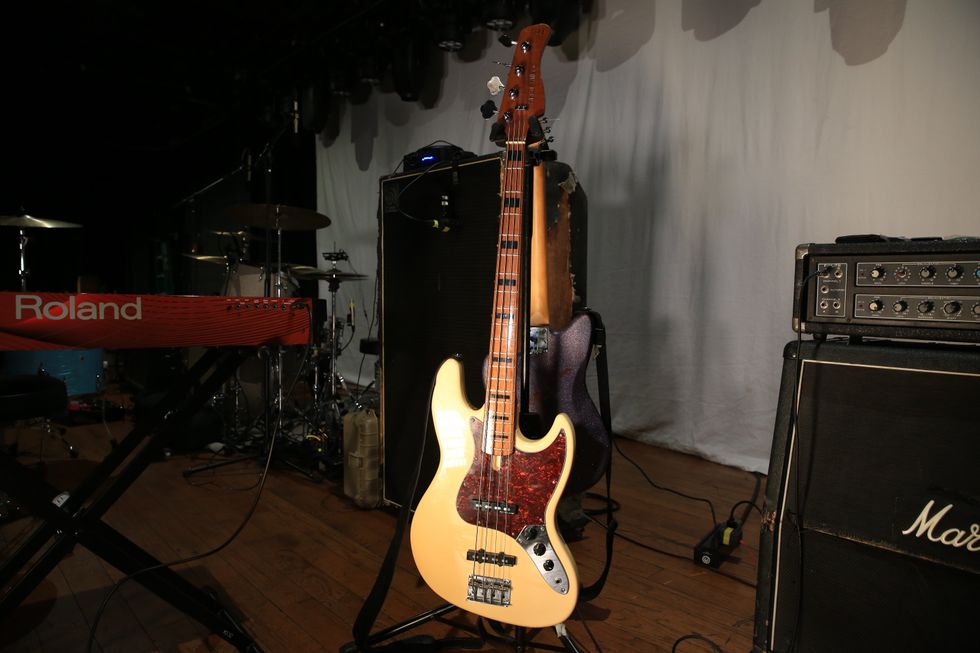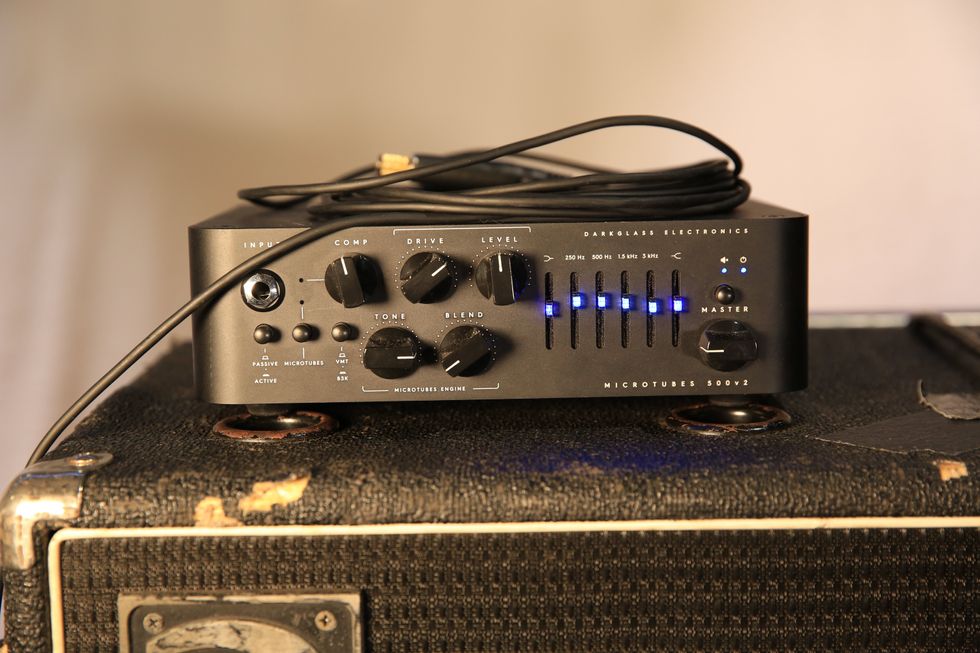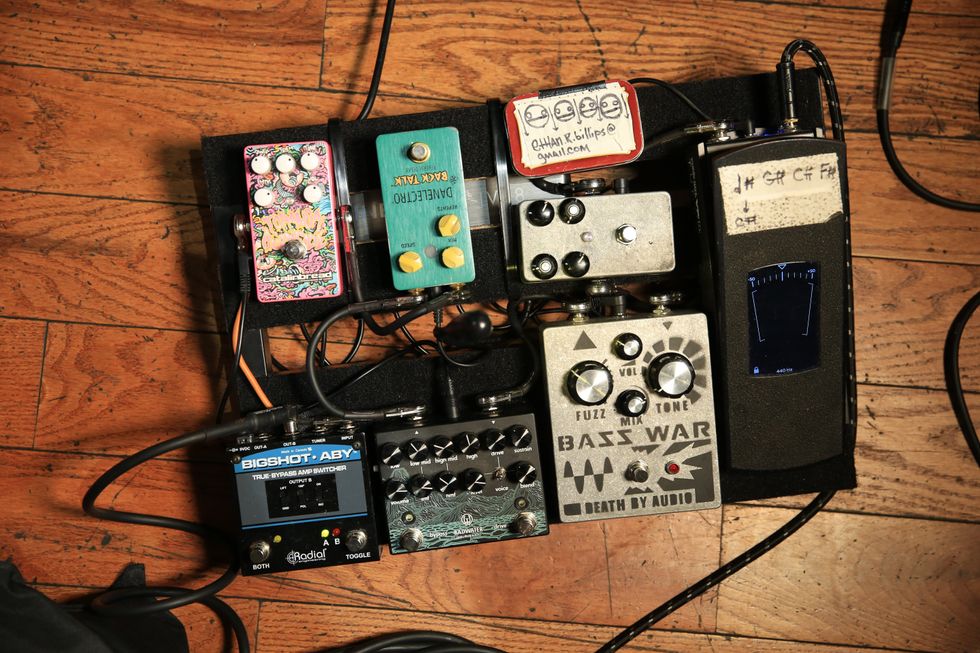Hey Zach,
I have a Bass Collection SB501 (by SGC Nanyo) bass from the eighties that is pretty rare. There’s not much out there on this model, but it is one of my favorites and it plays like buttah! What can you tell me about it?
Kenn Pierog, Maple Shade, NJ
Hi Kenn,
How many bass players does it take to change a light bulb? I’m not sure how the ending of that goes (or maybe I purposely forgot), but it seems bass players don’t get the respect that guitarists do! Thanks for the question about the bass—it is refreshing to research something off the beaten path. Bass Collection is a trademark, not a company, so there is essentially no information straight from the factory. Your bass, however, appears to be an SB401 rather than an SB501. Since we’ve been researching guitars and basses since the early 1990s, we have an enormous amount of archives, including some catalogs and price lists for Bass Collection. Here is what I found:
“Bass Collection” was a line of basses distributed in the US by Meisel Music in Springfield, NJ. These basses were built by the Japanese company, SGC Nanyo. Their 1990 catalog advertised, “A collection of basses for everyone, from the discriminating professional to the serious student,” indicating that they offered several configurations of basses. Bass Collection thrived in the mid-1980s and early 1990s when mid-level price points still succeeded, but by the mid-1990s, cheaper Korean and Chinese imports were beginning to dominate the industry, and Bass Collection could no longer survive. The last catalog I have for Bass Collection is from 1994, and it appears that they stopped producing/ importing shortly thereafter. Retailer Sam Ash of New York, NY bought the remaining inventory from Meisel Music and sold it through their retail stores. Unfortunately, Meisel Music went out of business in August 2008.
As I said before, Bass Collection offered a variety of configurations that were classified by different series. Their entry-level models were the 300 Series, and their topof- the-line models were the 600 Series. Mid-grade models rounded out the line-up with the 400 and 500 Series, and each series had more features and better quality components the higher the number was. All models started with the prefix “SB” and were followed by three digits. “01” indicated a fretted fingerboard, “02” indicated a fretless fingerboard, and “05” indicated five-string configuration. A few left-handed models were offered as well, and in 1991, they introduced the Bass Collection II, which featured a different body shape and different electronics. According to the 1993 price list, retail prices ranged between $659 for the SB301 to $1650 for the SB615. Bass Collection II models ranged in price between $1199 and $1629. It is unknown how many models were produced or imported into the US.
Your bass, the SB401, was one of Bass Collection’s most popular models, mainly because of the attractive combination of features with an affordable price. The SB401 features a solid basswood body, hard rock bolt-on maple neck, 24-fret rosewood fingerboard, Bass Collection’s trademark narrow headstock shape, two-per-side Gotoh tuners, adjustable bridge, active SGC pickups (one P-style and one J-style), four knobs (Volume, Pickup Balance, Treble Boost/Cut, Bass Boost/Cut), black hardware, and 34” scale. It was available in Navy Blue, Pearl White, Silver, or Black finish like yours.
The SB401 last retailed for $995 and sold new for around $700 (the “new” price is what most retailers would sell it for with all standard discounting and minimum advertised pricing policies that may have applied). Today, the SB401 is worth about the same, between $650 and $700, which is a nice return for a Japanese instrument, considering most imports from the 1990s aren’t worth half of their original retail price today. Based on the online reviews I’ve read (along with your sentiment) these basses indeed play like “buttah!” Fewer instruments are coming from Japan today and on the food chain of instrument production, Japan is often referred to as number two behind the US/Canada. I’d certainly consider this a treasure, considering how well it plays and how high the resale value has held.
Keep up the bass playing—regardless of what the guitarist tells you, you’re still an important part of the band!
Zachary R. Fjestad
Zachary is the author of the Blue Book of Acoustic Guitars, Blue Book of Electric Guitars, and the Blue Book of Guitar Amplifiers. Questions can be submitted to:
Blue Book Publications
Attn: Guitar Trash or Treasure
8009 34th Ave. S. Ste #175
Minneapolis, MN 55425
800-877-4867
bluebookinc.com
guitars@bluebookinc.com
I have a Bass Collection SB501 (by SGC Nanyo) bass from the eighties that is pretty rare. There’s not much out there on this model, but it is one of my favorites and it plays like buttah! What can you tell me about it?
Kenn Pierog, Maple Shade, NJ
Hi Kenn,
How many bass players does it take to change a light bulb? I’m not sure how the ending of that goes (or maybe I purposely forgot), but it seems bass players don’t get the respect that guitarists do! Thanks for the question about the bass—it is refreshing to research something off the beaten path. Bass Collection is a trademark, not a company, so there is essentially no information straight from the factory. Your bass, however, appears to be an SB401 rather than an SB501. Since we’ve been researching guitars and basses since the early 1990s, we have an enormous amount of archives, including some catalogs and price lists for Bass Collection. Here is what I found:
“Bass Collection” was a line of basses distributed in the US by Meisel Music in Springfield, NJ. These basses were built by the Japanese company, SGC Nanyo. Their 1990 catalog advertised, “A collection of basses for everyone, from the discriminating professional to the serious student,” indicating that they offered several configurations of basses. Bass Collection thrived in the mid-1980s and early 1990s when mid-level price points still succeeded, but by the mid-1990s, cheaper Korean and Chinese imports were beginning to dominate the industry, and Bass Collection could no longer survive. The last catalog I have for Bass Collection is from 1994, and it appears that they stopped producing/ importing shortly thereafter. Retailer Sam Ash of New York, NY bought the remaining inventory from Meisel Music and sold it through their retail stores. Unfortunately, Meisel Music went out of business in August 2008.
As I said before, Bass Collection offered a variety of configurations that were classified by different series. Their entry-level models were the 300 Series, and their topof- the-line models were the 600 Series. Mid-grade models rounded out the line-up with the 400 and 500 Series, and each series had more features and better quality components the higher the number was. All models started with the prefix “SB” and were followed by three digits. “01” indicated a fretted fingerboard, “02” indicated a fretless fingerboard, and “05” indicated five-string configuration. A few left-handed models were offered as well, and in 1991, they introduced the Bass Collection II, which featured a different body shape and different electronics. According to the 1993 price list, retail prices ranged between $659 for the SB301 to $1650 for the SB615. Bass Collection II models ranged in price between $1199 and $1629. It is unknown how many models were produced or imported into the US.
Your bass, the SB401, was one of Bass Collection’s most popular models, mainly because of the attractive combination of features with an affordable price. The SB401 features a solid basswood body, hard rock bolt-on maple neck, 24-fret rosewood fingerboard, Bass Collection’s trademark narrow headstock shape, two-per-side Gotoh tuners, adjustable bridge, active SGC pickups (one P-style and one J-style), four knobs (Volume, Pickup Balance, Treble Boost/Cut, Bass Boost/Cut), black hardware, and 34” scale. It was available in Navy Blue, Pearl White, Silver, or Black finish like yours.
The SB401 last retailed for $995 and sold new for around $700 (the “new” price is what most retailers would sell it for with all standard discounting and minimum advertised pricing policies that may have applied). Today, the SB401 is worth about the same, between $650 and $700, which is a nice return for a Japanese instrument, considering most imports from the 1990s aren’t worth half of their original retail price today. Based on the online reviews I’ve read (along with your sentiment) these basses indeed play like “buttah!” Fewer instruments are coming from Japan today and on the food chain of instrument production, Japan is often referred to as number two behind the US/Canada. I’d certainly consider this a treasure, considering how well it plays and how high the resale value has held.
Keep up the bass playing—regardless of what the guitarist tells you, you’re still an important part of the band!
Zachary R. Fjestad
Zachary is the author of the Blue Book of Acoustic Guitars, Blue Book of Electric Guitars, and the Blue Book of Guitar Amplifiers. Questions can be submitted to:
Blue Book Publications
Attn: Guitar Trash or Treasure
8009 34th Ave. S. Ste #175
Minneapolis, MN 55425
800-877-4867
bluebookinc.com
guitars@bluebookinc.com


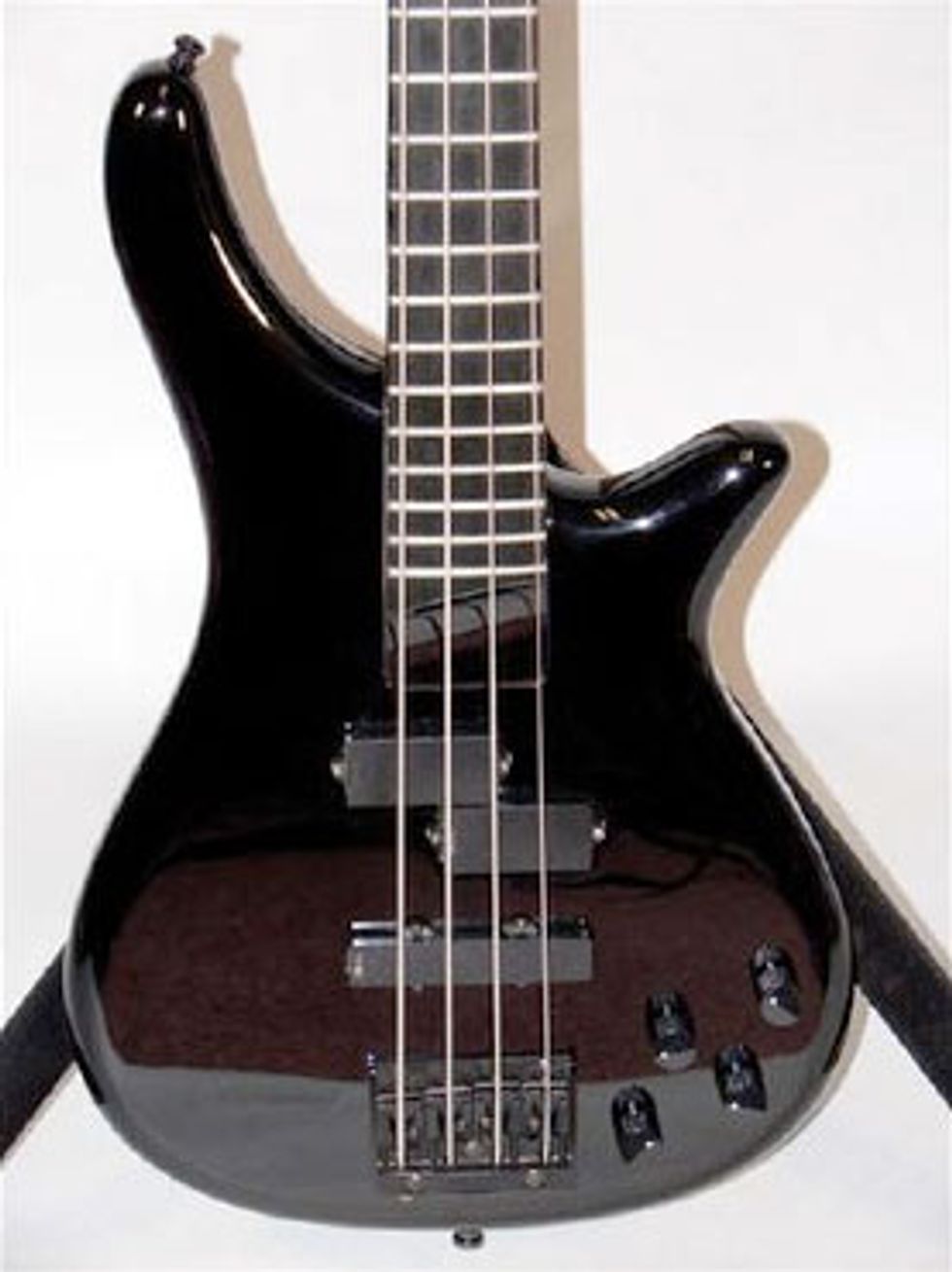
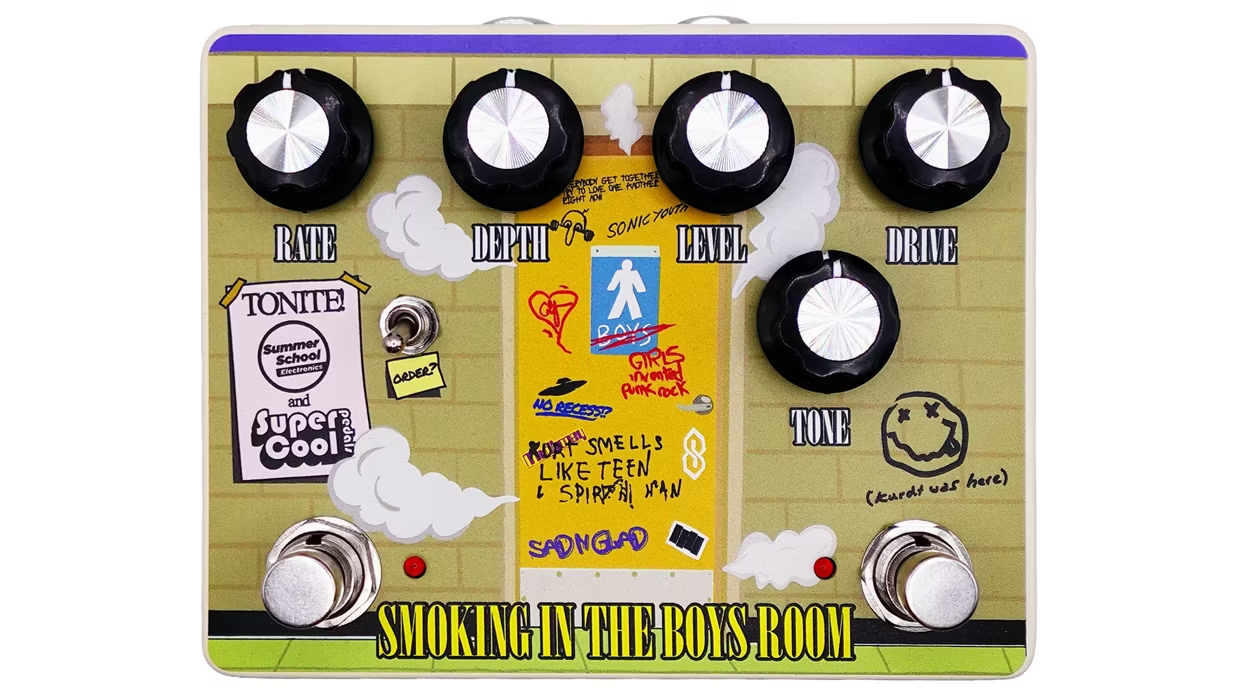



![Rig Rundown: AFI [2025]](https://www.premierguitar.com/media-library/youtube.jpg?id=62064741&width=1245&height=700&quality=70&coordinates=0%2C0%2C0%2C0)












 Shop Scott's Rig
Shop Scott's Rig

![Rig Rundown: Russian Circles’ Mike Sullivan [2025]](https://www.premierguitar.com/media-library/youtube.jpg?id=62303631&width=1245&height=700&quality=70&coordinates=0%2C0%2C0%2C0)


